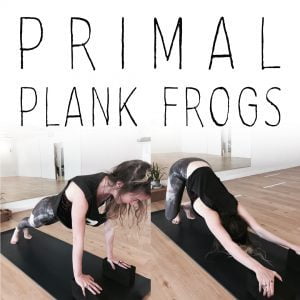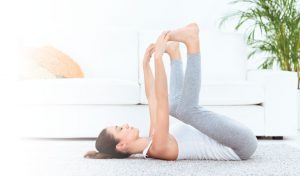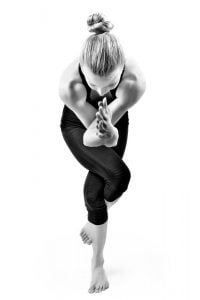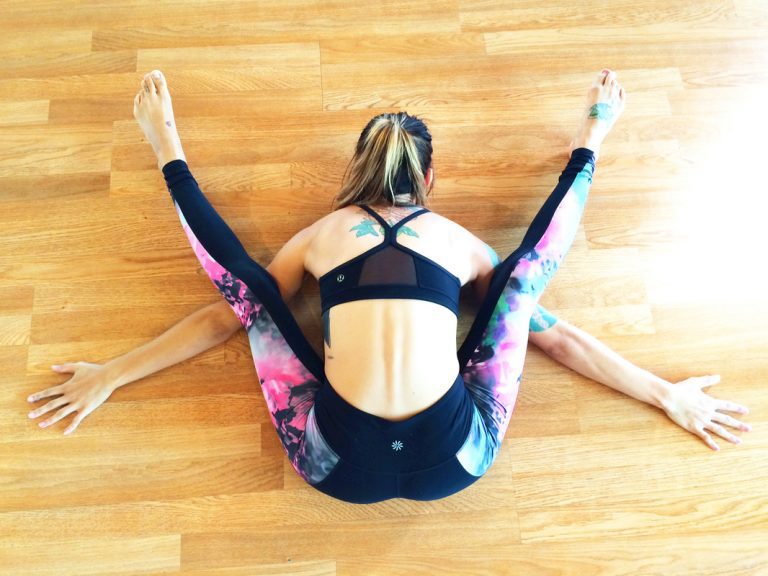
KURMASANA
This month's featured Zamasana for March will really test your flexibility - Kurmasana, or Turtle pose (also known as Tortoise pose), because you emulate drawing back into your 'shell' as you practice this pose.
It's a challenging pose so there are many variants and stages as you make your way into Kurmasana this March. Thoroughly warm up before you attempt the pose, to loosen up the hips, thighs and back of the body. You might like to create a sequence with poses such as Chair pose, Eagle pose, Extended Side Angle pose, lots of forward folds (especially Wide Angle Seated Forward Fold) and of course Downward Facing Dog. Malasana and Baddha Konasana (Bound Angle Pose) can also help you on your journey to Turtle pose.
HOW TO
- Begin in Dandasana (Staff pose), with the legs spread slightly wider than shoulder width.
- Bend your knees and draw them towards your hips, and lengthen your torso and fold forward.
- One arm at a time, slide the arms with palms facing down, beneath the lifted thighs and walk the palms out to the sides as far as possible. Feel the chest widen and ensure that the shoulders draw away from the ears.
- Gently straighten the legs over the arms, if that's available to you. Ensure that your legs are rotated so that your knees and toes point to the sky. Enjoy the stretch happening all over your body!
- To come out of the pose, bend your knees and slowly lift the torso, drawing the arms back towards you. You might feel the body needs some twists or an inversion to release any tension build up. Do what feels right!
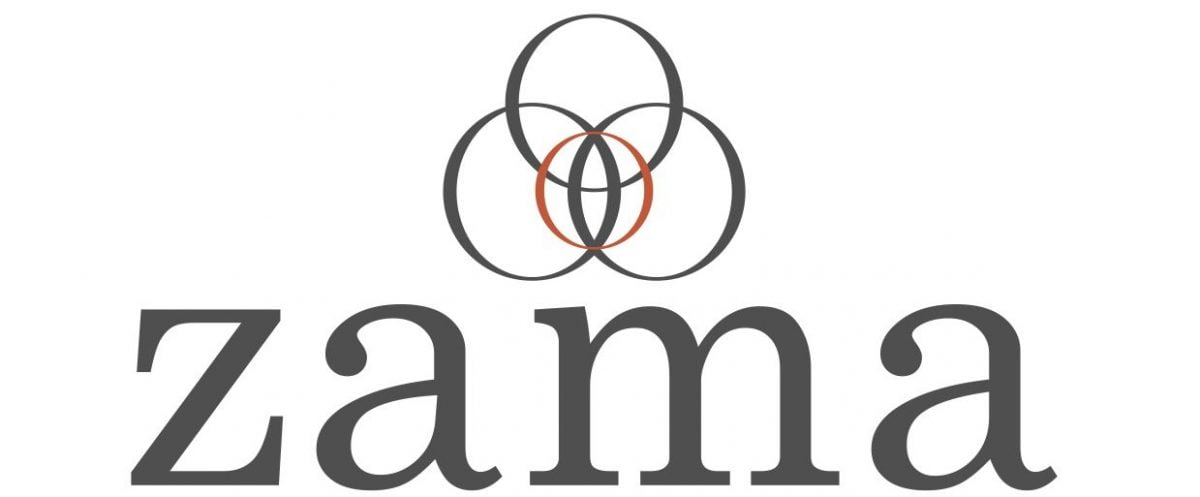
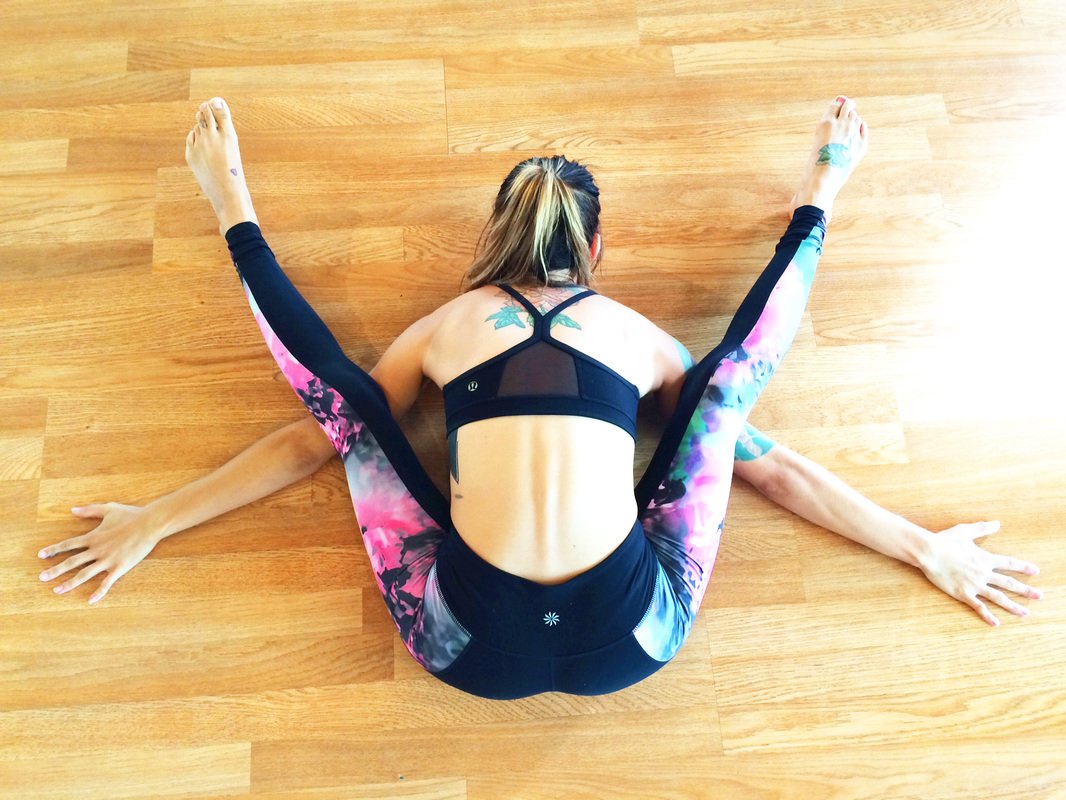
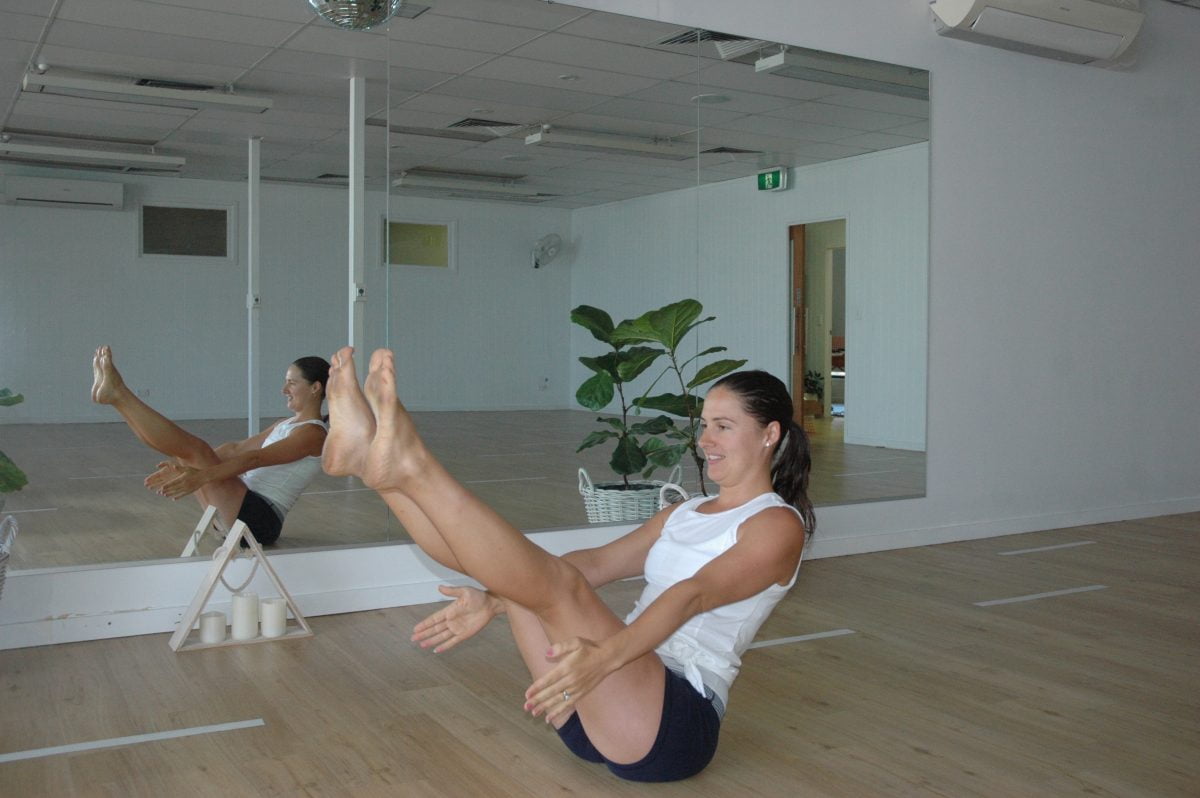
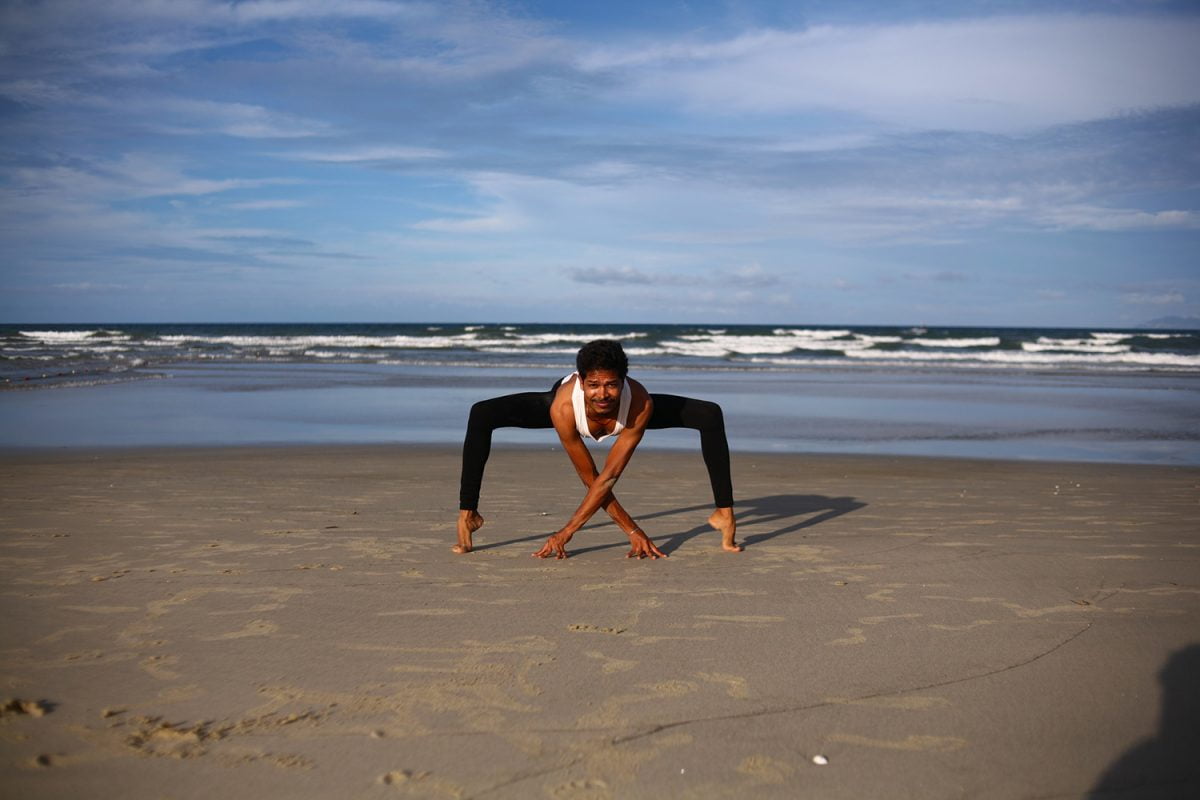
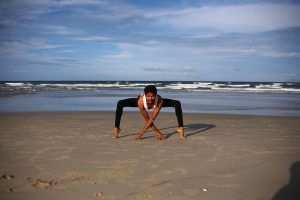
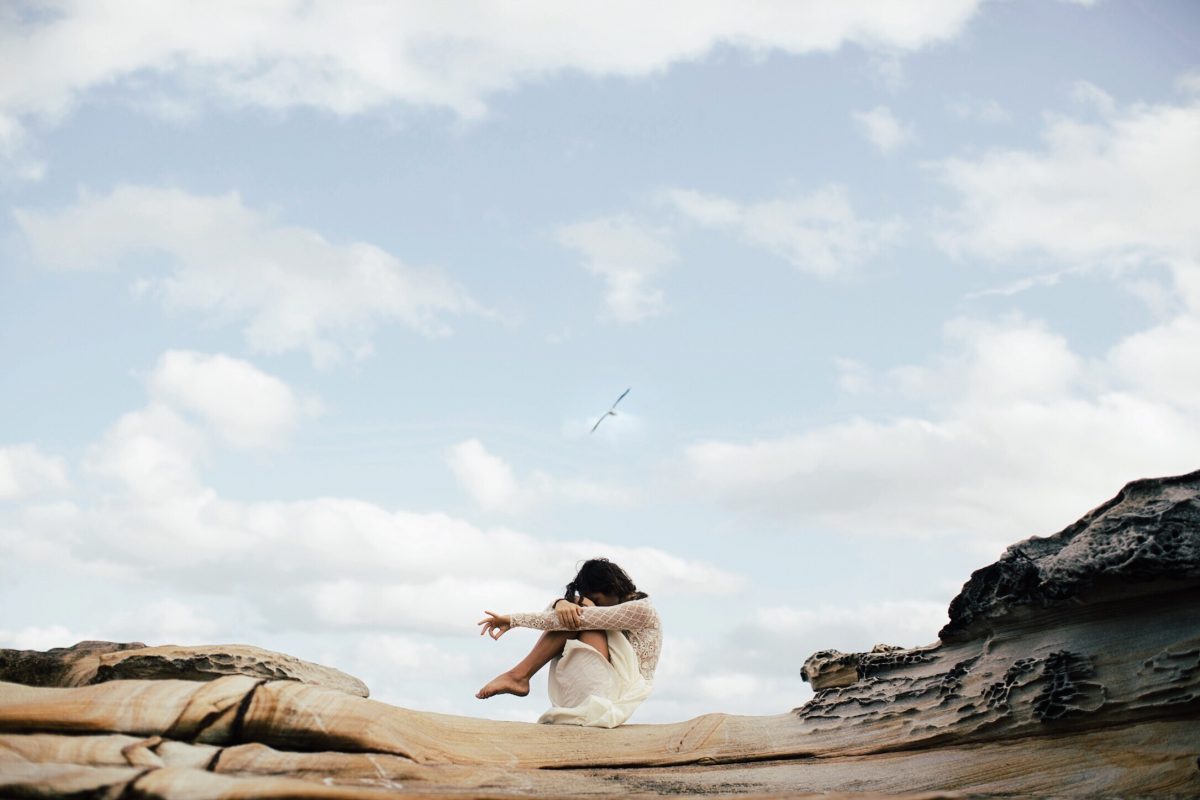
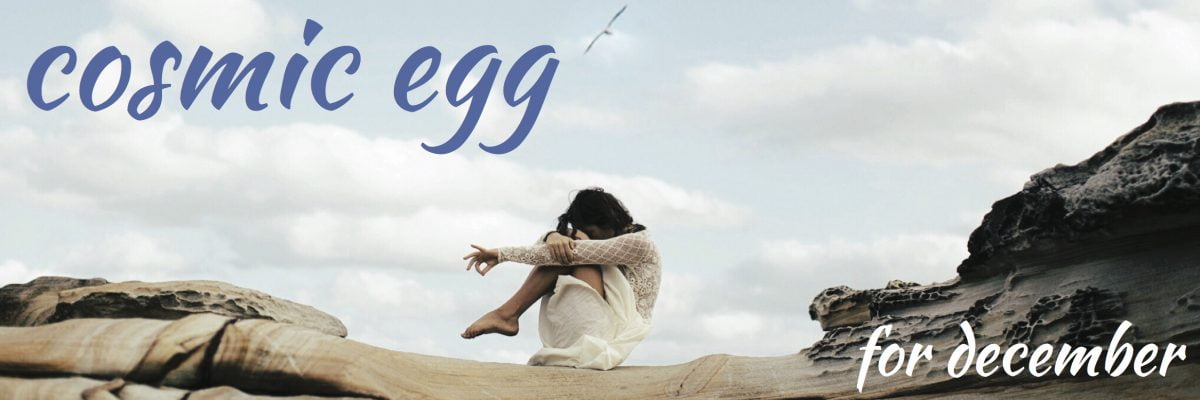
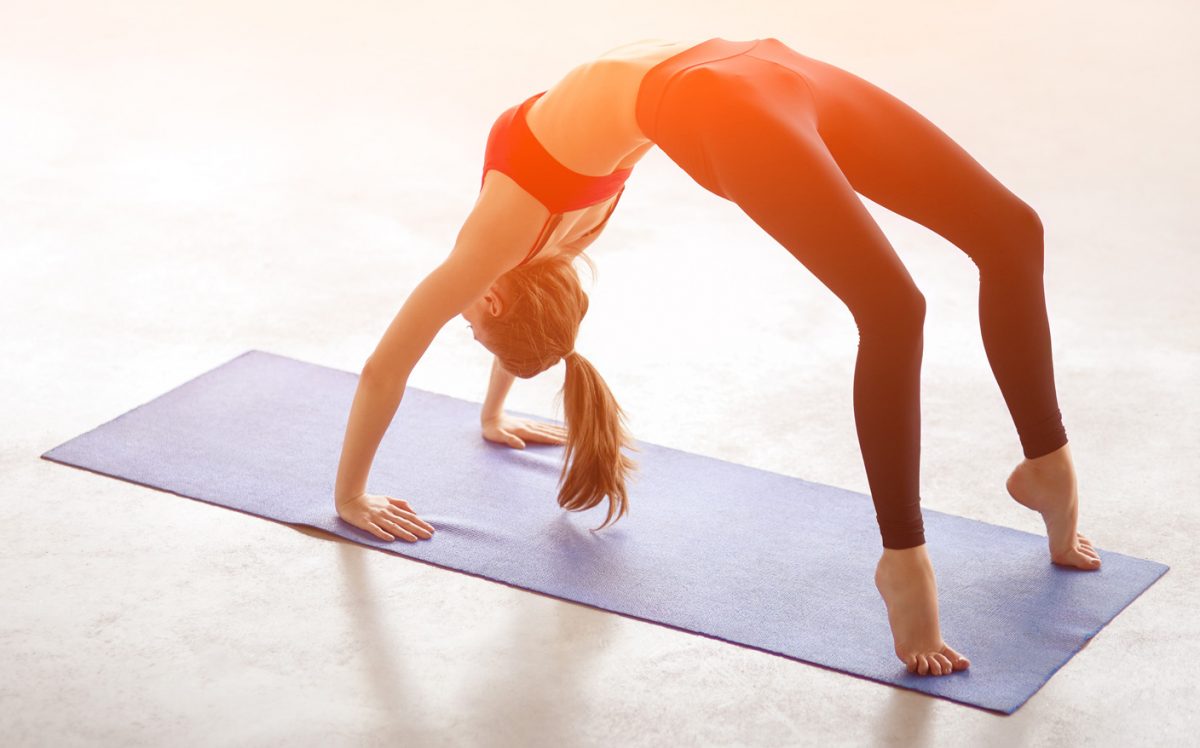
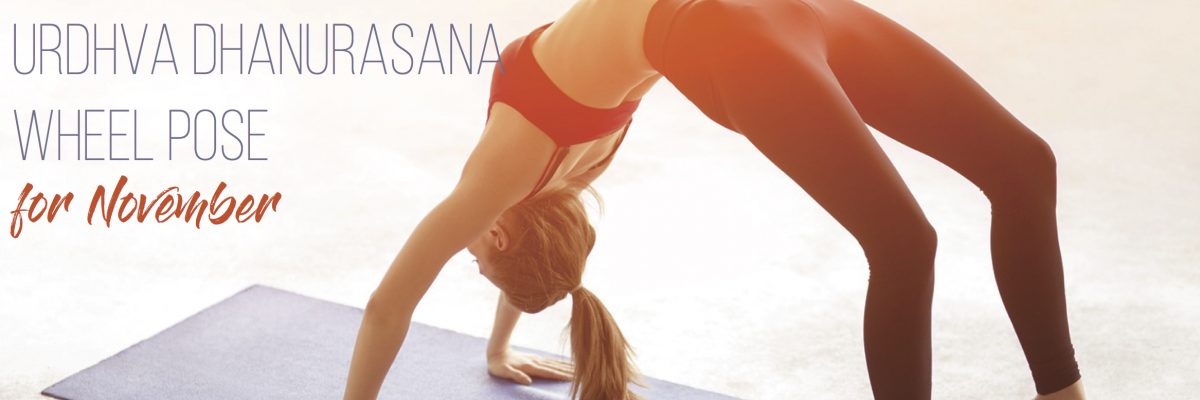
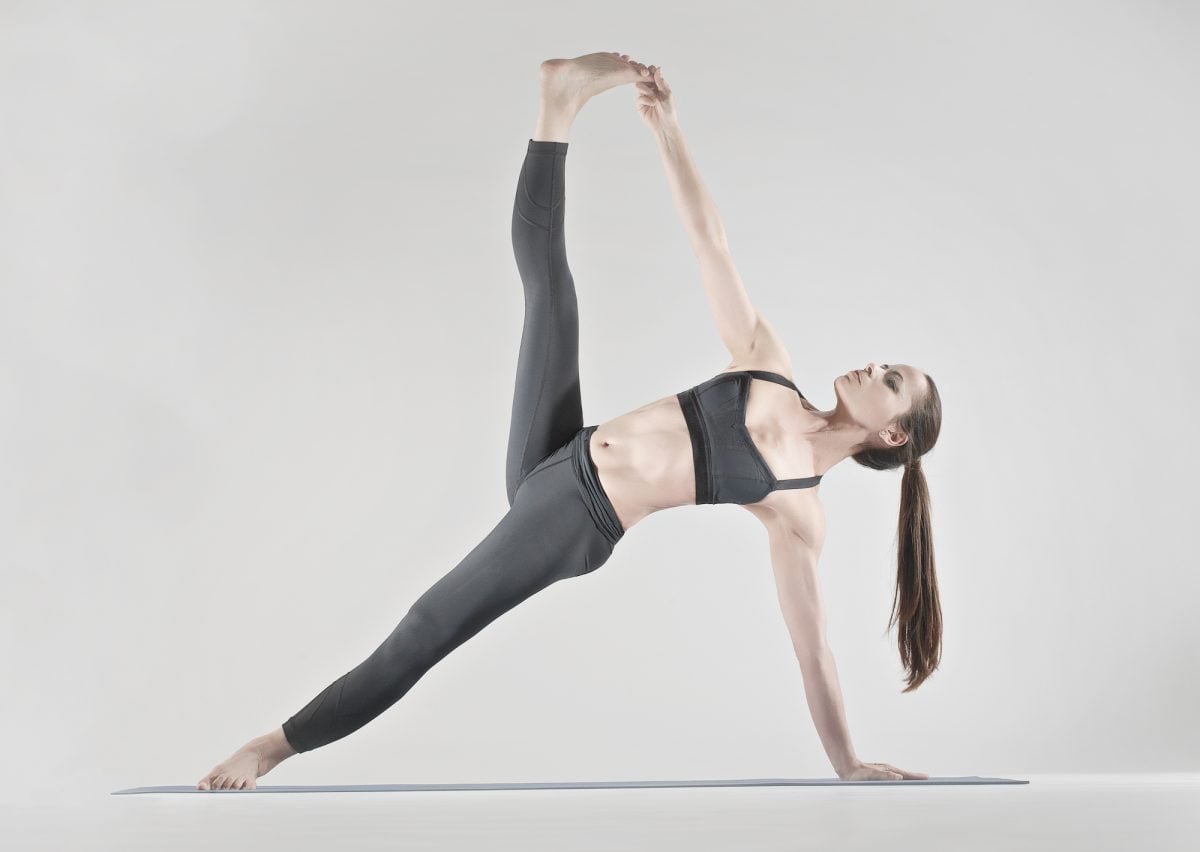
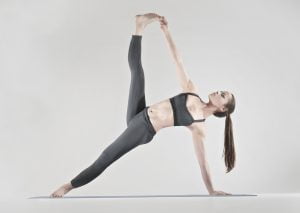 When in doubt, side plank it out! This month, we’re stepping our regular side-planking skills up a notch with Extended Side Plank, or One Legged Side Plank Pose – Eka Pada Vasisthasana – as our zamasana for October.
When in doubt, side plank it out! This month, we’re stepping our regular side-planking skills up a notch with Extended Side Plank, or One Legged Side Plank Pose – Eka Pada Vasisthasana – as our zamasana for October.